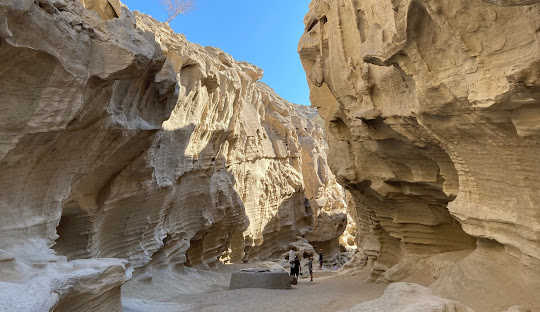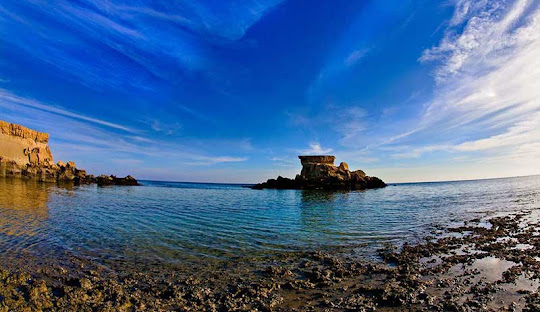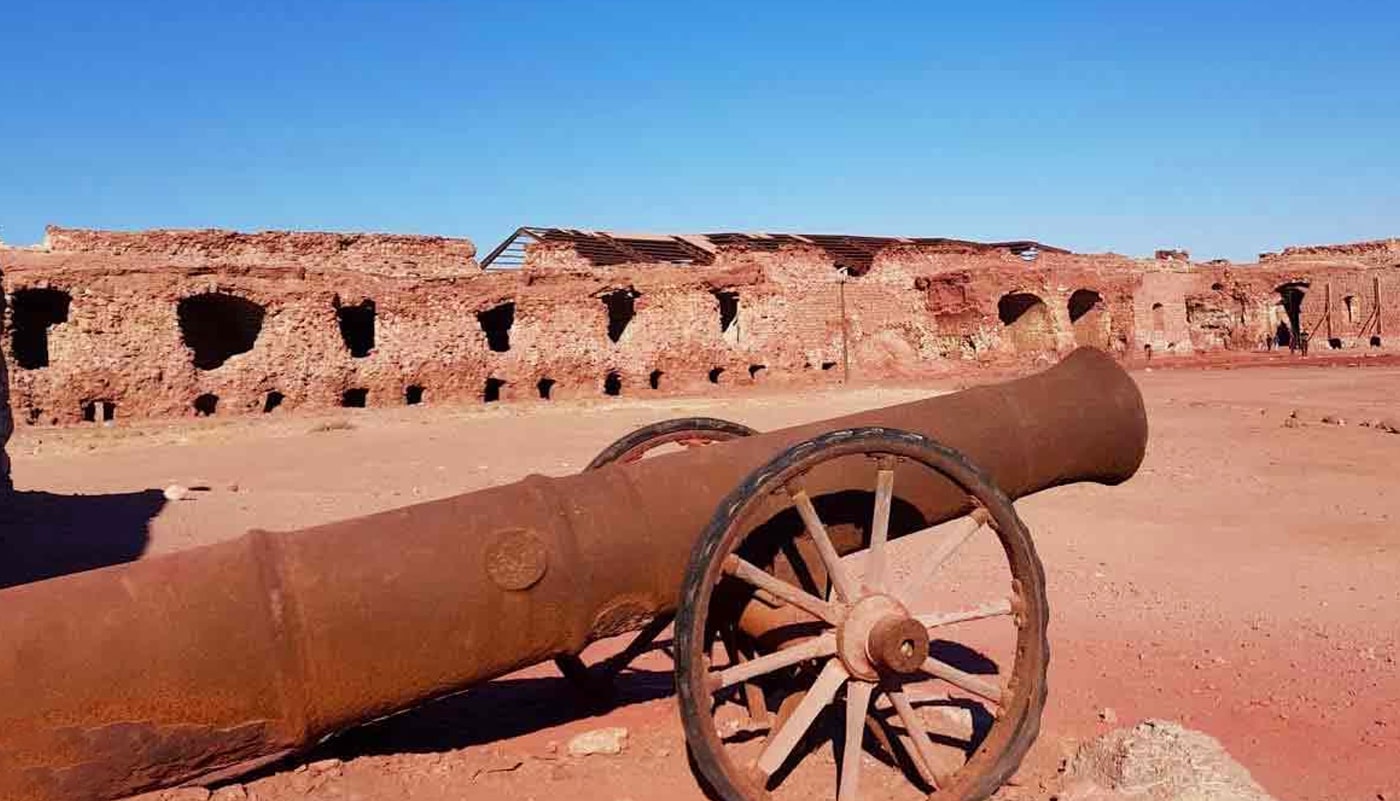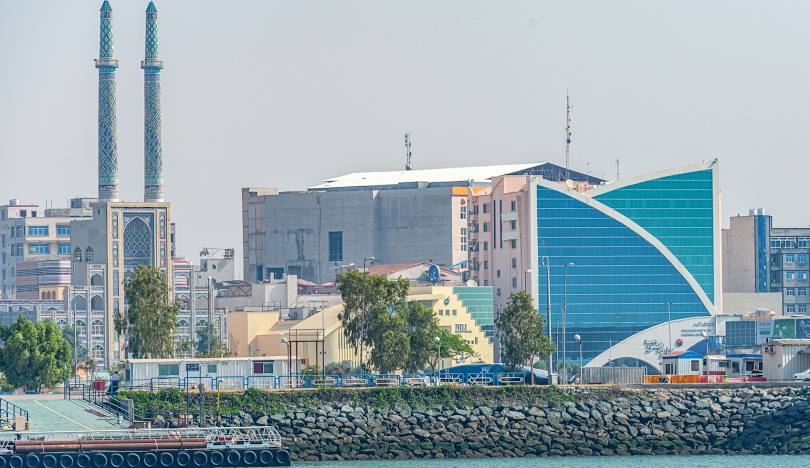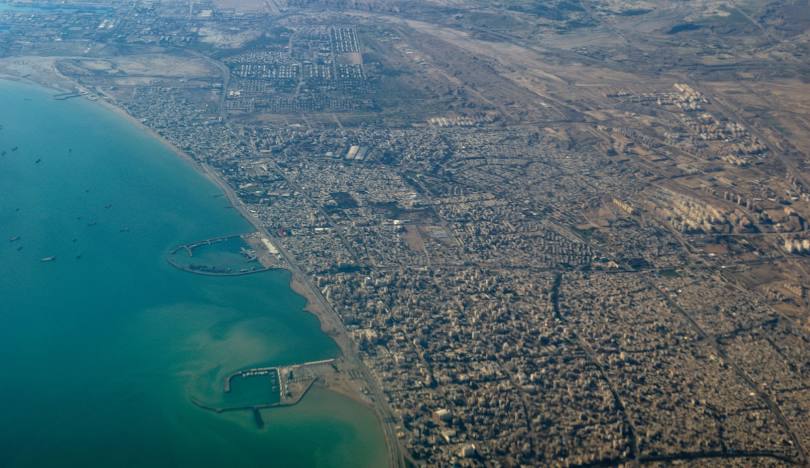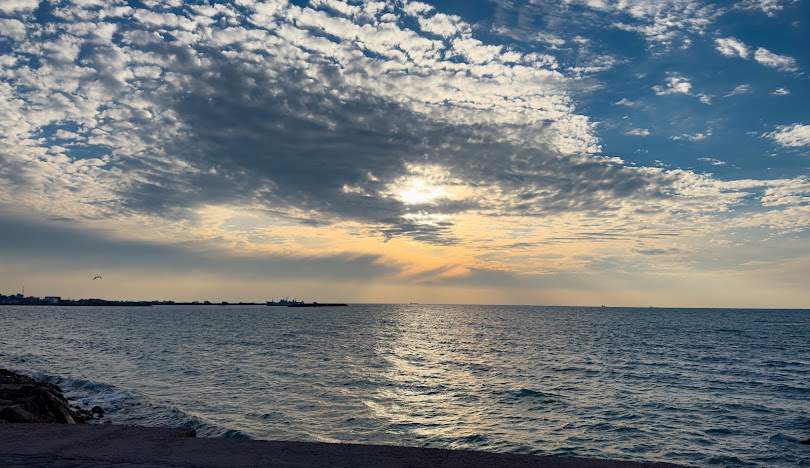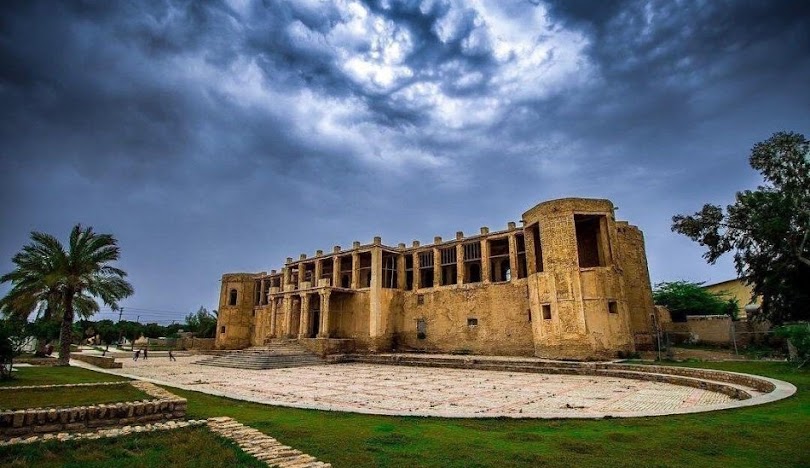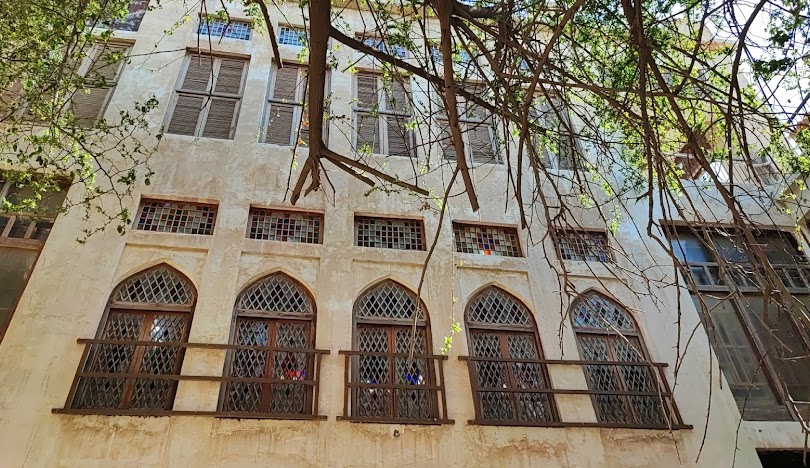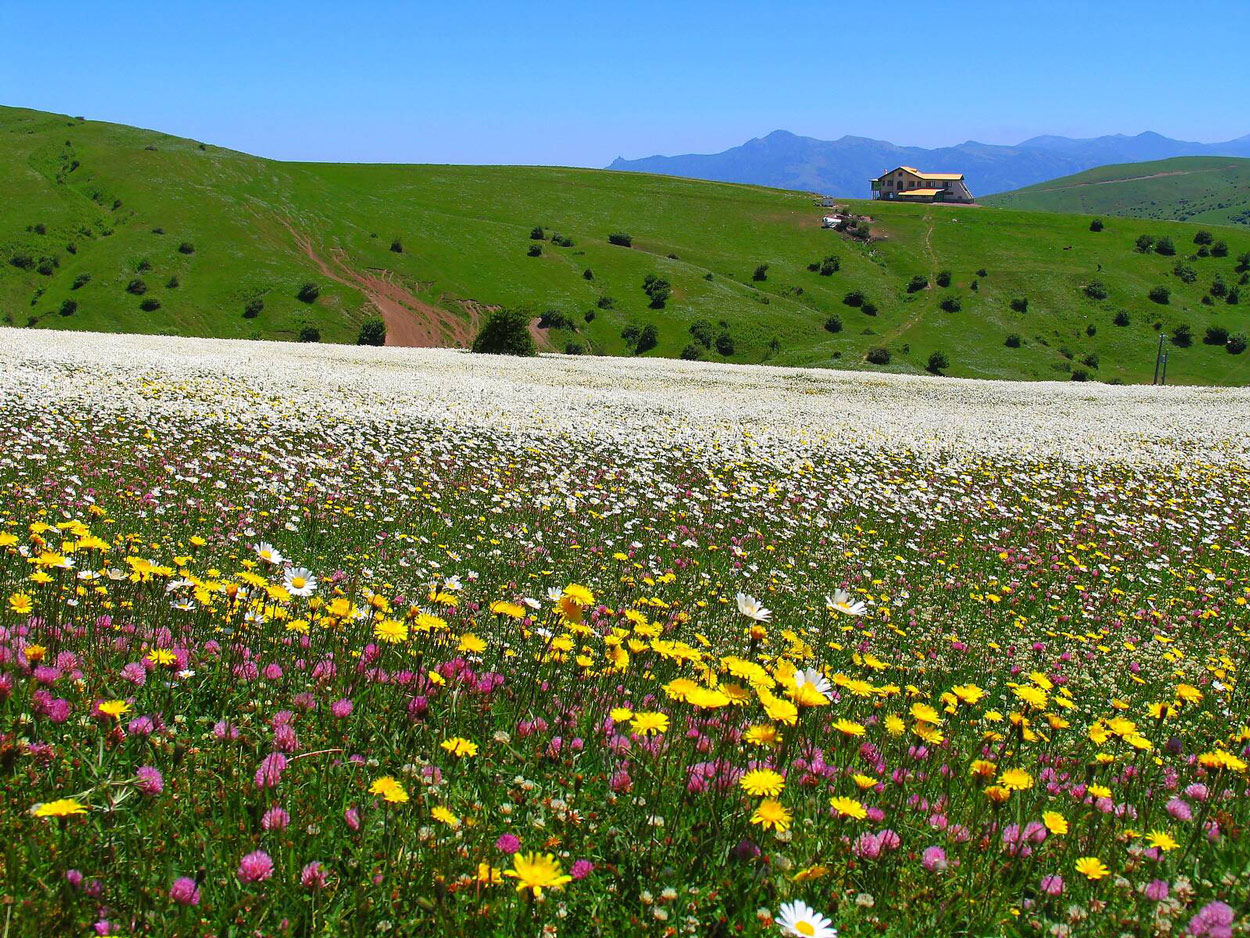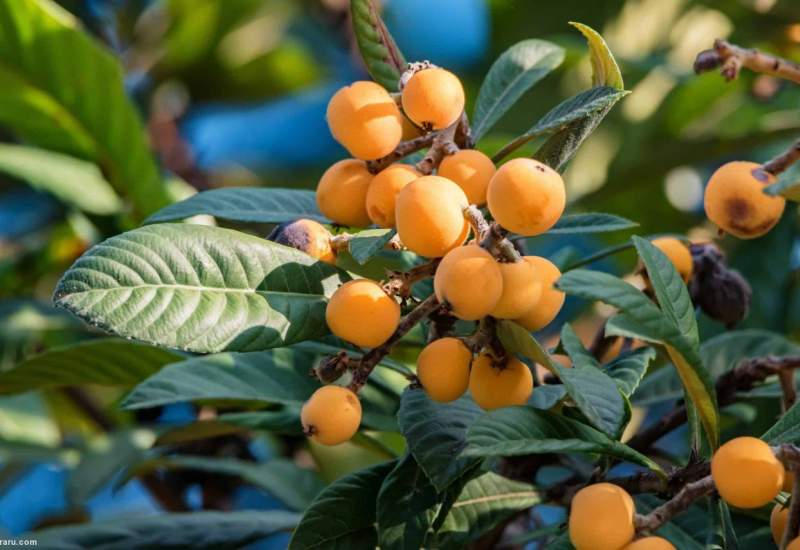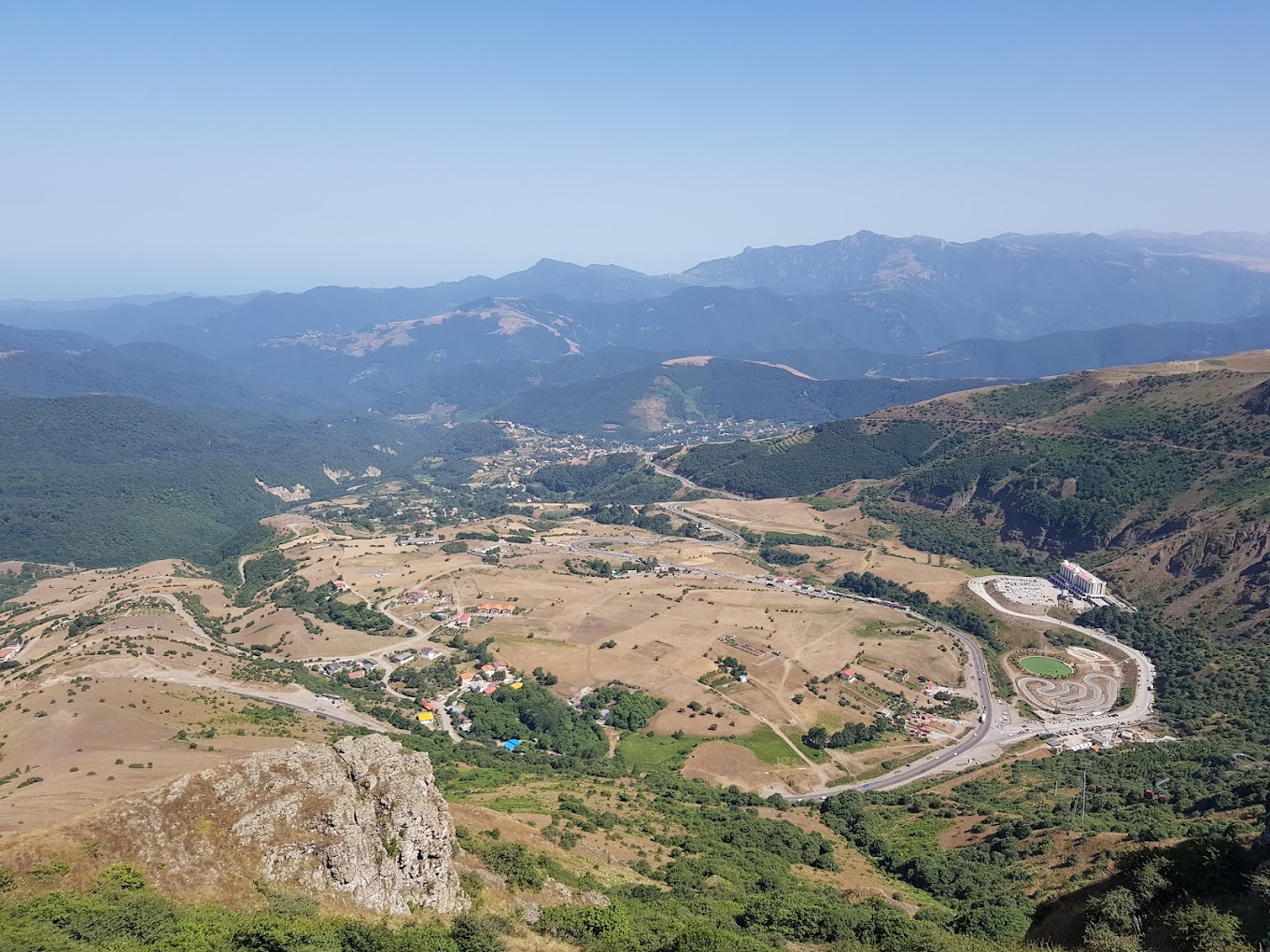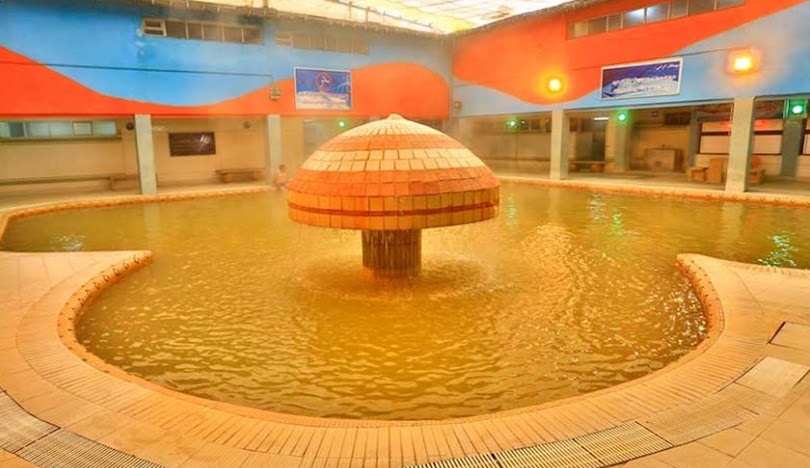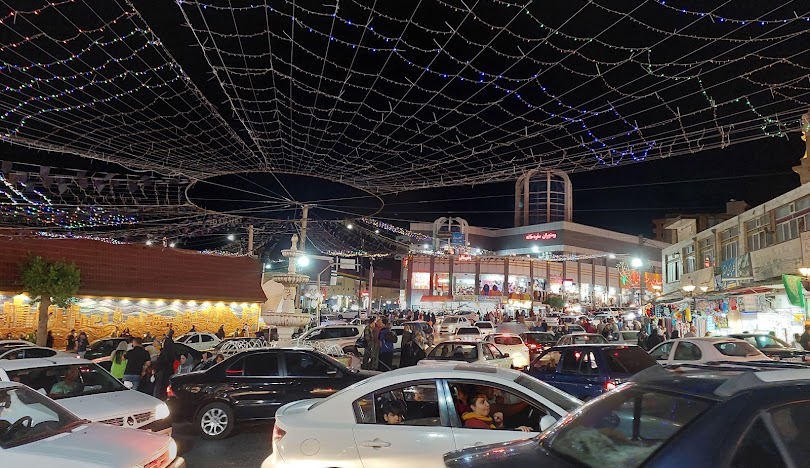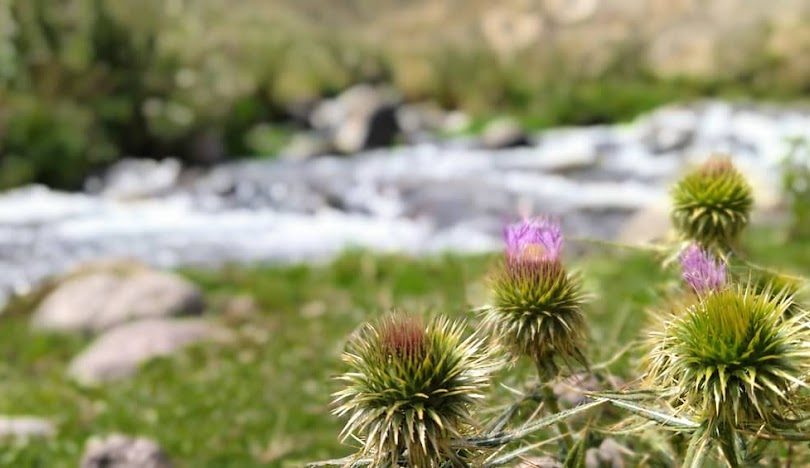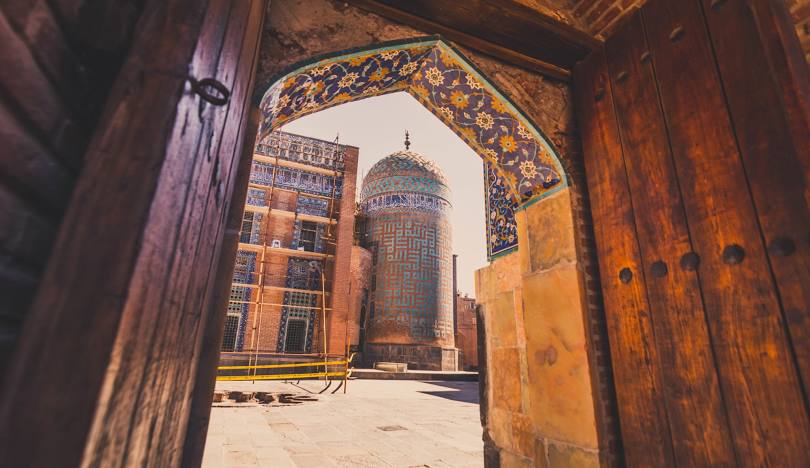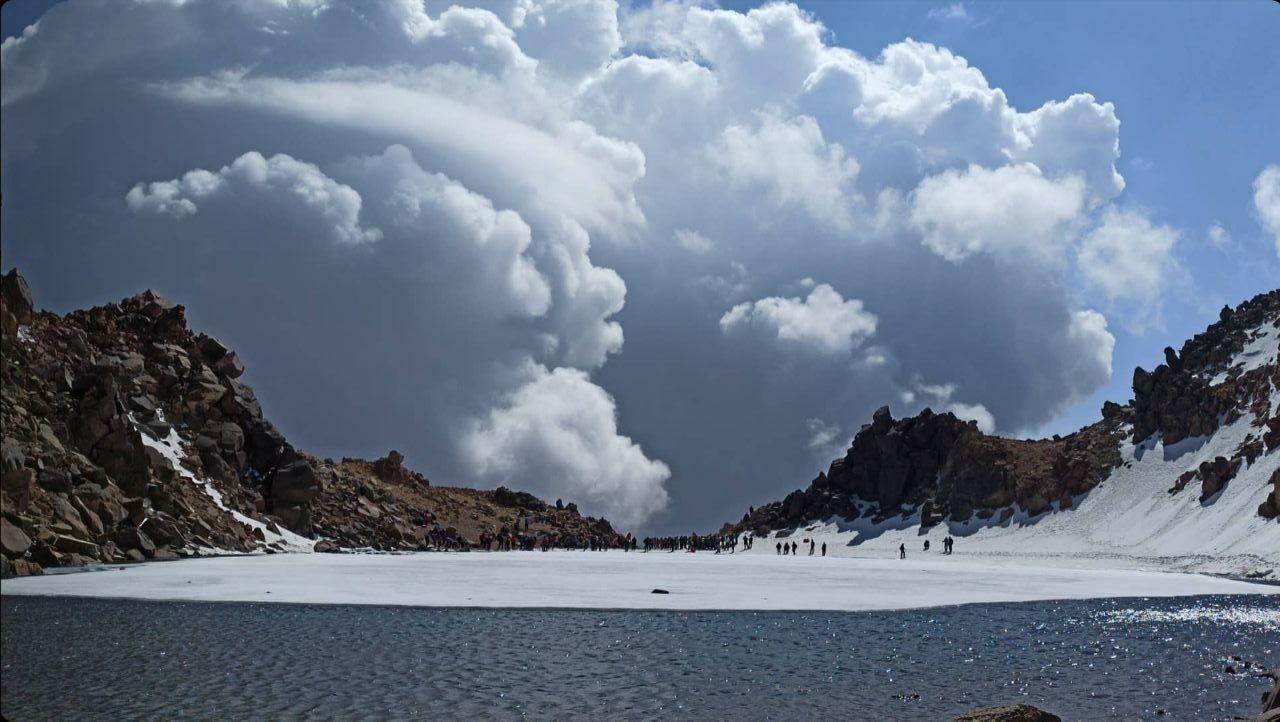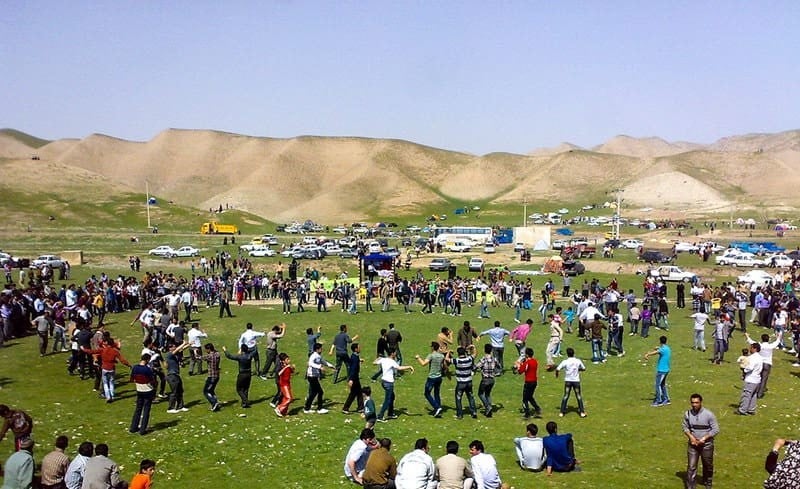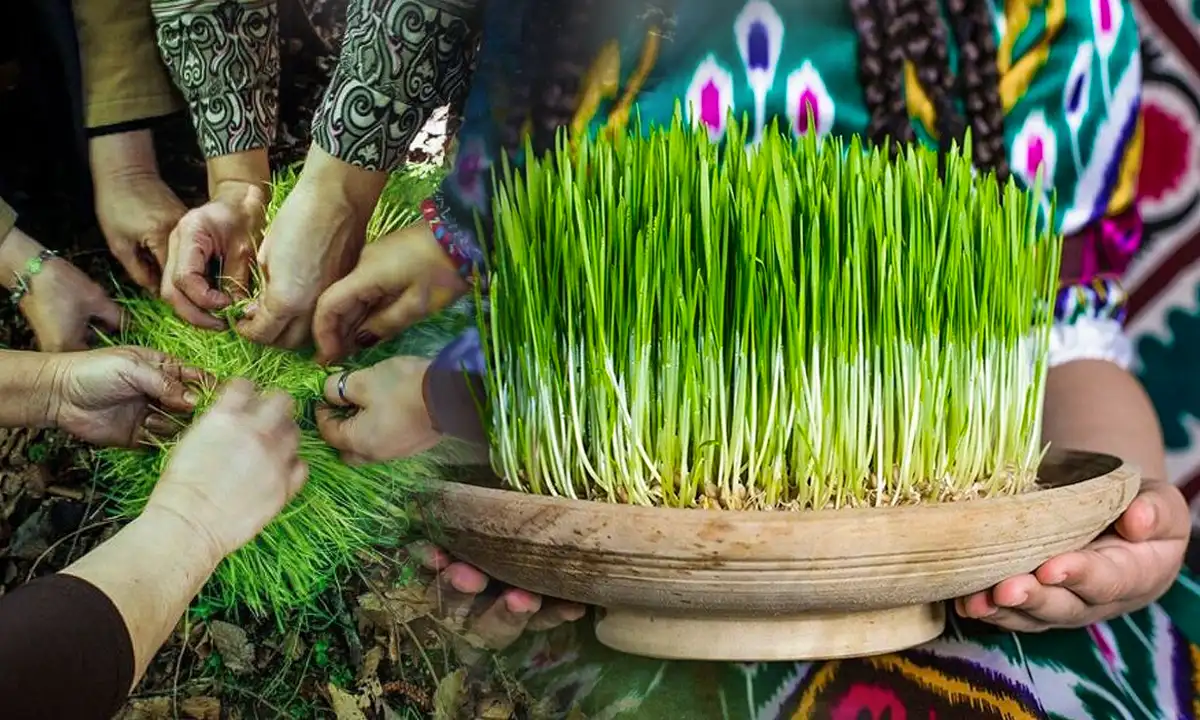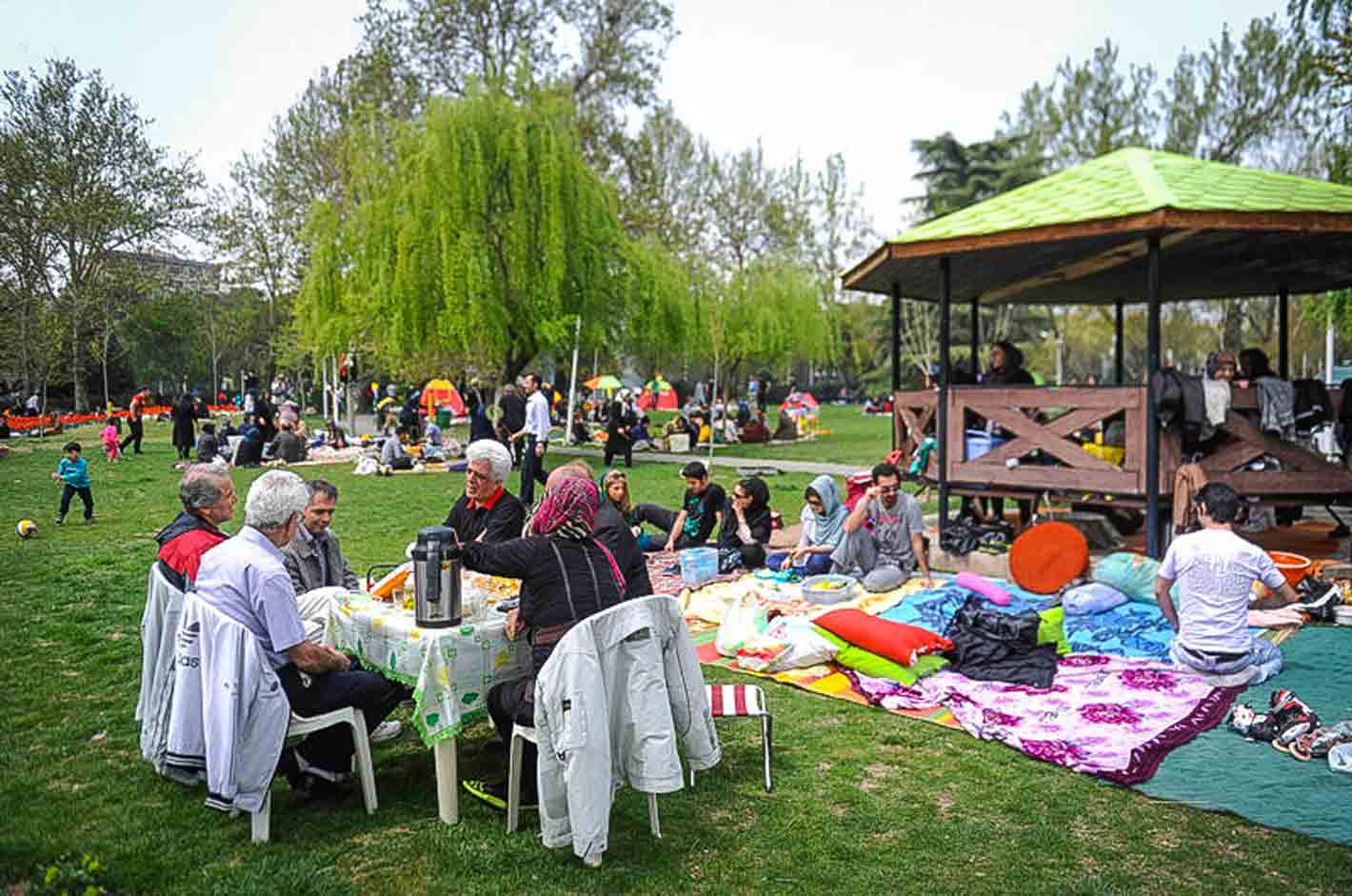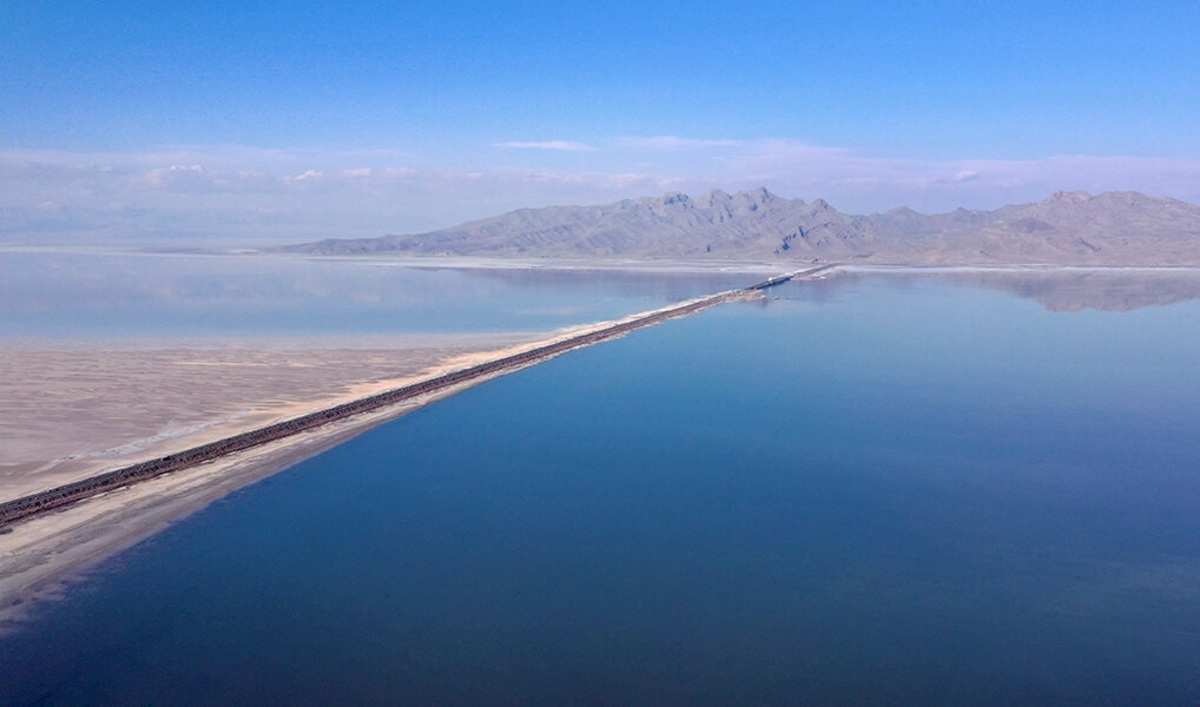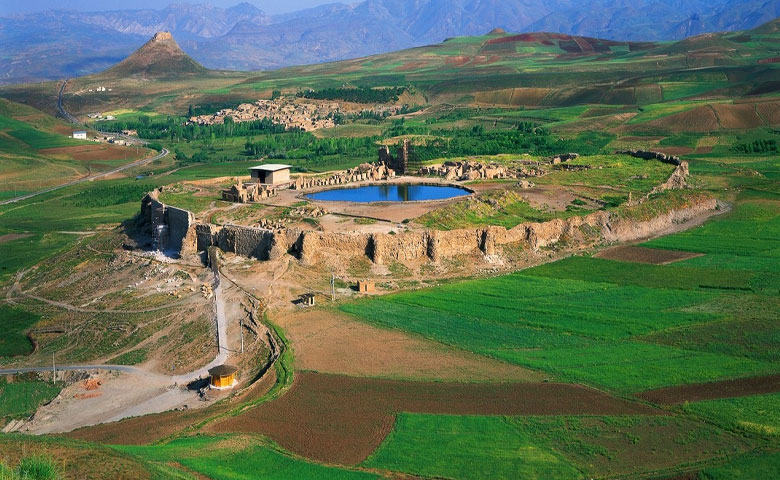Kal-e Jeni Canyon: Complete Travel Guide to Iran’s Valley of the Jinn
Kal-e Jeni Canyon is one of Iran’s most mysterious and photogenic desert gorges, carved into the barren landscape north of Tabas in South Khorasan Province. Around 35 km from Tabas and close to the lush village of Azmighan, this narrow canyon hides water pools, sculpted rock walls and an atmosphere that feels completely different from the surrounding desert.
In recent years Kal-e Jeni Canyon has started to appear in the itineraries of adventure travelers and geotourism fans, but it is still far from crowded. That makes it a perfect off-the-beaten-path destination for foreign tourists who want something more than the classic “Tehran–Isfahan–Shiraz” route.
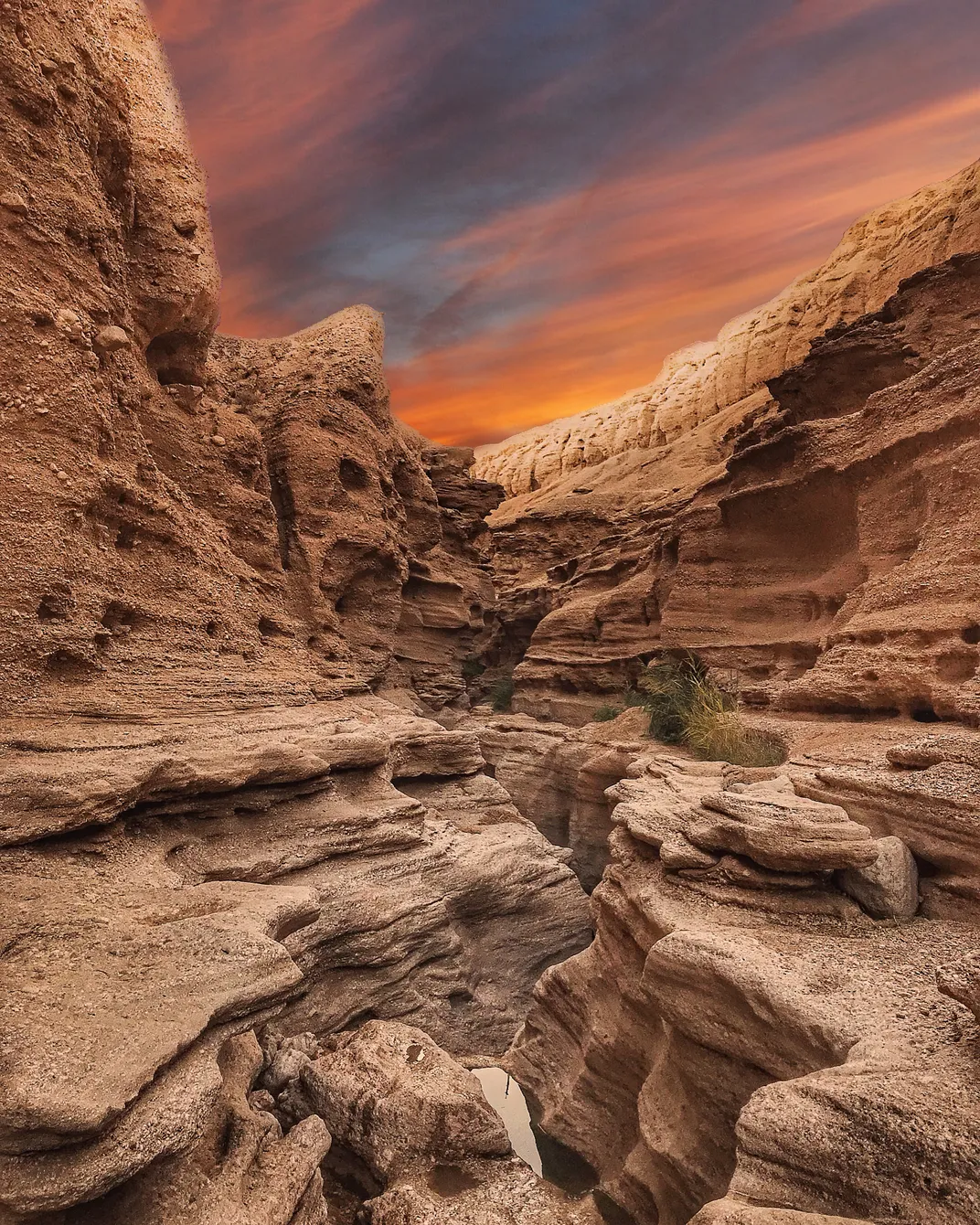
What Is Kal-e Jeni Canyon?
“Kal” in local usage means a valley or gorge formed by seasonal floods, and “Jeni” (or Jenni) comes from “jinn” – supernatural beings found in Middle Eastern folklore. Put together, Kal-e Jeni Canyon literally means the “Valley of the Jinn.”
According to local stories, the strange shapes of the rocks, the echo of footsteps and the sound of wind whistling through the narrow walls made people believe the place was haunted by jinn. Whether you believe the legends or not, the canyon’s surreal landscape absolutely feels otherworldly, especially in the soft light of sunrise and sunset.
Where Is Kal-e Jeni Canyon Located?
Kal-e Jeni Canyon lies in eastern Iran:
-
Province: South Khorasan
-
Nearest city: Tabas
-
Distance from Tabas: about 35 km to the north
-
Nearest village: Azmighan (also written Ezmeyghan or Azmighan)
As you drive out of Tabas, the classic desert scenery – open plains, rocky hills and scattered shrubs – slowly gives way to a system of dry riverbeds. From a distance, Kal-e Jeni Canyon looks like a cracked, sandy plateau, but once you step inside, the walls rise around you and the desert disappears.
How Was Kal-e Jeni Canyon Formed?
Kal-e Jeni Canyon is a textbook example of erosion in an arid environment. For thousands of years, rare but powerful seasonal floods have carved the soft sediments and rocks, creating a deep slot-like canyon with narrow passages, side chambers, alcoves and potholes.
Key geological features you will notice:
-
Narrow corridors: Some sections are so tight that only one person can pass at a time.
-
High vertical walls: They reduce direct sunlight, making the interior cooler than the open desert.
-
Water channels and pools: A small stream sometimes flows along the canyon bed, feeding small pools that reflect the rock walls.
-
Wind-carved surfaces: On many walls, you can see delicate patterns sculpted by wind and sand.
Kal-e Jeni Canyon is also one of the highlighted geosites within the wider Tabas Geopark, which includes around 50 identified geosites and landscapes in the region. This status emphasizes its scientific, educational and touristic value.
Troglodytic Caves and Hidden Architecture
Beyond its natural beauty, Kal-e Jeni Canyon also contains traces of human use. In one section of the valley, researchers have documented a troglodytic (cave) complex known as Mehr Kadeh, carved into the canyon walls. The complex includes corridors, rooms and vertical shafts cut into the rock, possibly used for ritual or defensive purposes in past centuries.
For visitors, these carved spaces add an archeological and cultural layer to the experience of Kal-e Jeni Canyon, turning a simple hike into a journey through both geological and human history.
Best Time to Visit Kal-e Jeni Canyon
Kal-e Jeni Canyon can technically be visited year-round, but the best time is:
-
Autumn (October–November): Days are mild, sunlight is gentle and hiking is comfortable.
-
Late winter and early spring: Temperatures are cooler than in summer, but flash floods are more likely, so checking the weather forecast becomes essential.
Avoid the peak of summer if possible, as temperatures in the Tabas desert region can be extremely high, especially at midday.
How to Reach Kal-e Jeni Canyon
Most travelers reach Kal-e Jeni Canyon from Tabas:
-
Arrive in Tabas
-
By plane (seasonal flights), by bus from major Iranian cities, or by car.
-
-
Drive to Azmighan village
-
Around 35 km north of Tabas along desert roads.
-
-
Continue to the canyon entrance
-
A dirt road and then a walk through the dry riverbed will bring you to the main mouth of Kal-e Jeni Canyon.
-
Because the route crosses remote desert terrain and flash floods can occur, many foreign travelers choose to visit Kal-e Jeni Canyon with a local guide or organized tour.
What to Expect Inside Kal-e Jeni Canyon
A hike inside Kal-e Jeni Canyon is not just a walk; it is an immersive experience:
-
Light and shadow: Tall rock walls filter the light, creating strong contrasts that photographers love.
-
Water and greenery: In some sections a shallow stream flows, feeding reeds and small plants that create pockets of unexpected greenery in the barren desert.
-
Echoes and sounds: Trickling water, wind and footsteps echo off the walls, feeding the legends about jinn living in the gorge.
The hike usually takes a few hours, depending on how deep you go, how often you stop for photos and whether you explore side passages and caves.
Practical Travel Tips for Visiting Kal-e Jeni Canyon
To make your visit to Kal-e Jeni Canyon both safe and enjoyable, consider the following:
-
Footwear: Wear sturdy hiking shoes or sandals with good grip. Expect to get your feet wet in some sections.
-
Clothing: Lightweight, breathable layers, plus a hat and sunscreen for the approach hike in open desert.
-
Water and snacks: Bring more water than you think you need; there are no services at the canyon.
-
Weather check: Always check the forecast for heavy rain in the wider catchment area – flash floods are a real risk in canyons like this.
-
Local guide: For first-time visitors, especially foreign tourists, a local guide is highly recommended to navigate the best route and avoid hazardous sections.
-
Phone and safety: Mobile coverage can be weak; let someone know your plans and approximate return time.
Kal-e Jeni Canyon and Sustainable Geotourism
Because Kal-e Jeni Canyon sits inside the emerging Tabas Geopark, it has strong potential as a geotourism site – a place where visitors learn about Earth’s history while supporting local communities.
To keep Kal-e Jeni Canyon pristine:
-
Stay on existing paths and avoid climbing fragile walls.
-
Carry out all trash, including food waste.
-
Respect troglodytic structures and avoid entering unstable caves.
-
Support local businesses in Tabas and Azmighan by using local guides, eating in village restaurants and staying in traditional guesthouses.
Responsible behavior helps ensure that Kal-e Jeni Canyon remains an untouched and authentic destination rather than another overused attraction.
Frequently Asked Questions About Kal-e Jeni Canyon
Is Kal-e Jeni Canyon safe to visit?
Kal-e Jeni Canyon is generally safe for visitors who come in suitable weather, wear proper shoes and avoid risky behavior such as climbing steep, unstable walls. The main natural danger is flash flooding, especially in spring or during sudden storms, so checking the forecast and going with a local guide is strongly advised.
How long does a visit to Kal-e Jeni Canyon take?
Most half-day tours from Tabas spend 3–5 hours in and around Kal-e Jeni Canyon. This usually includes the drive from Tabas, the approach hike, exploration inside the gorge and time for photos and rest.
Do I need special equipment to hike Kal-e Jeni Canyon?
No technical climbing equipment is required for the usual tourist route. However, you should bring:
-
Closed-toe hiking shoes or sandals
-
Sun protection
-
Enough drinking water
-
A small daypack
In seasons with more water, waterproof sandals can make crossings more comfortable.
Can Kal-e Jeni Canyon be combined with other attractions?
Yes. Many travelers combine Kal-e Jeni Canyon with other Tabas attractions such as Morteza Ali hot springs, the historical Garden of Golshan and other desert landscapes within Tabas Geopark, creating a full-day or multi-day itinerary in the region.

